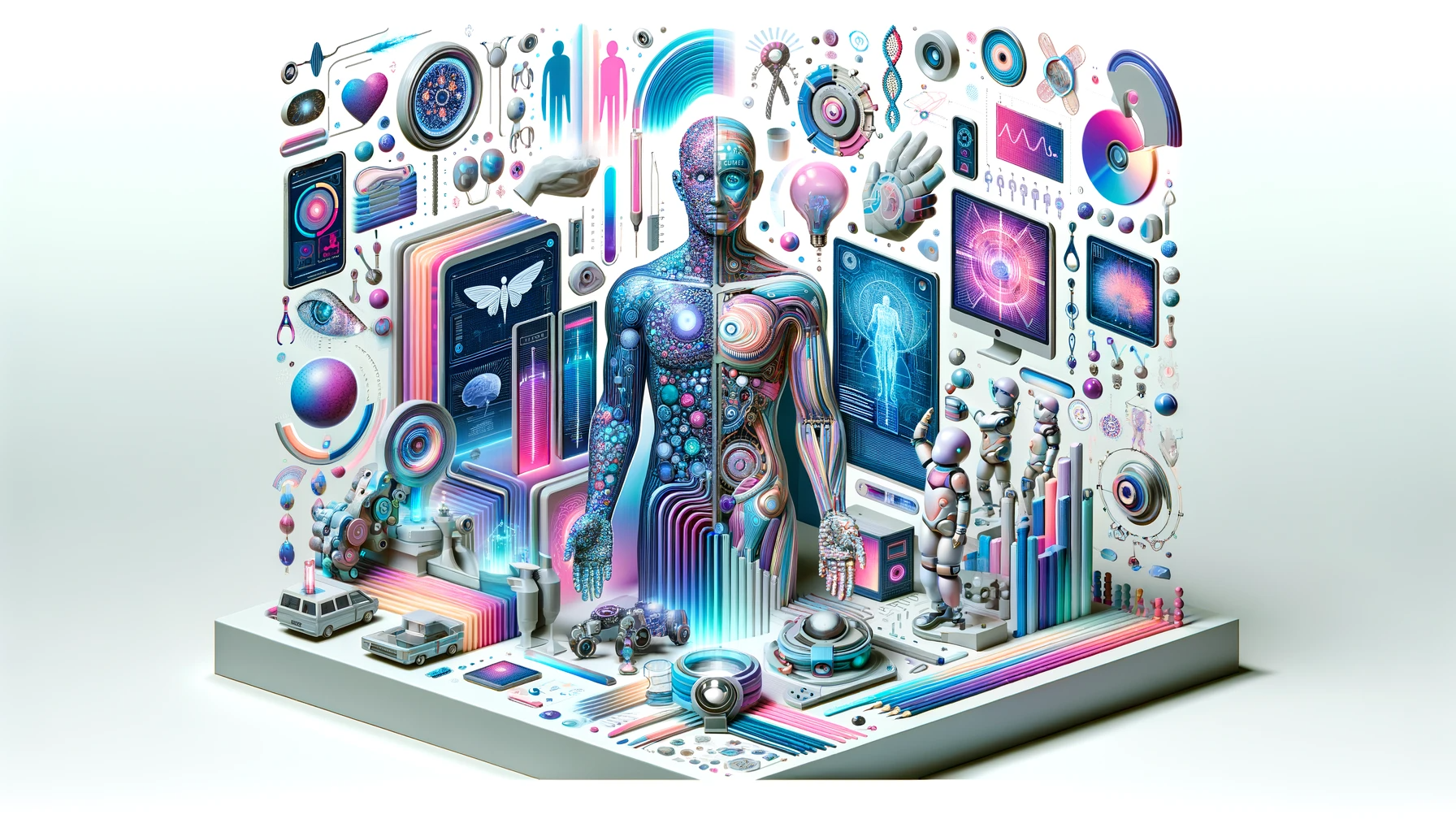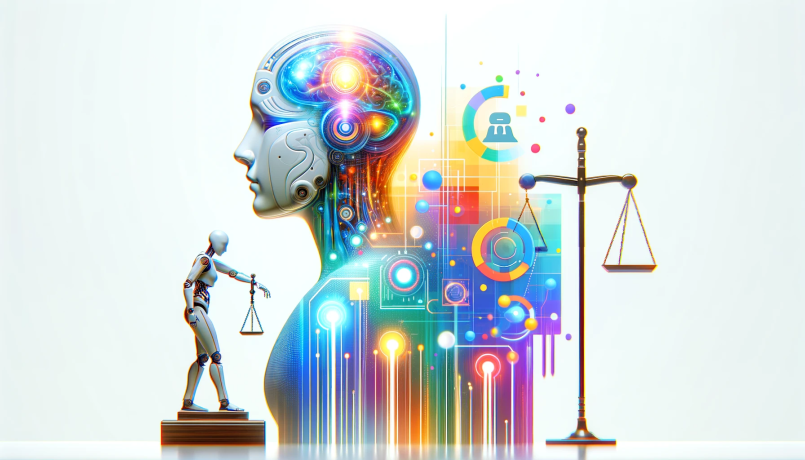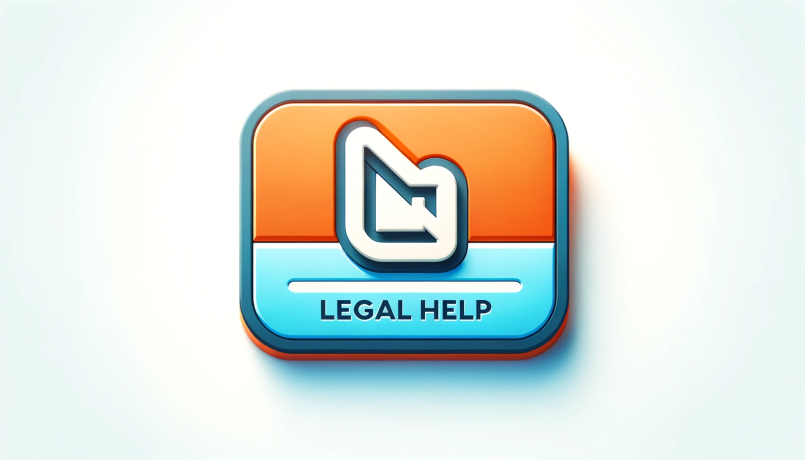
Delve into the profound impact of technology on personal injury claims. Innovations in AI, digitalization, and medical tech are reshaping the legal aspects of personal trauma.
by LawInc Staff
December 24, 2023
Advancements in technology continue transforming nearly all realms of modern life. The intersection of innovation and law holds particular fascination when contemplating how emerging breakthroughs may shape the legal landscape for years ahead. Personal injury claims offer an intriguing domain to analyze such potential tech-driven disruption.
This guide explores the future of personal injury cases in an increasingly high-tech world. We analyze how augmented reality, artificial intelligence, social media and other rising stars on the technology front may impact claims processes and outcomes as current decades unfold into the next generations.
1. Augmented Reality Reconstructing Incidents
-
- Advanced Recreation of Scenes: AR can model spaces to scale inspecting from all angles and distances.
- Increased Visual Accuracy: With immense precision versus static images or hand-drawn diagrams.
- Multiple Observer Viewpoints: Unlike fixed CCTV footage. Jurors can perceive scenes as bystanders or participants would.
- Superimposing Key Items: Compare “before and after” displaying originals overlaying repairs or replacements.
- Simulate Environmental Factors: Test lighting, sounds, traffic flows etc and their role as variables.
Examples:
-
- Emma’s staircase fall visualized from multiple heights and angles highlighted risks.
- AR enabled inspecting David’s crushed car to assess if passenger areas deformed as expected.
- Jurors stood on digital highway observing visibility issues truckers faced before Jackie’s collision.
- Crime scene AR overlayed pool area before/after drowning showing gate repairs prevented repeat risks.
- Nighttime warehouse AR tested lighting contributions to worker slip and falls.
How to Proceed:
-
- Consider how affordable access may expand – even smartphones now feature AR capability.
- Weigh scenarios too expensive, personal or impossible to recreate physically.
- Ensure technical accuracy – glitches undermine. Secure proof of testing and calibration.
- Supplement with photography or video capturing nuances algorithms may miss.
- Remain openminded. No matter how advanced modelling seems skeptics always exist.
FAQs:
-
- Could manipulation arguments challenge AR validity? Certainly attempts will arise. Safeguards like encryption and blockchain verification increasingly protect data integrity.
- What types of cases most easily leverage AR? Product designs, construction zones, vehicle collisions currently have advantage blending digital assets with tangible spaces.
- Will AR erase need for site visits someday? Unlikely fully. Multi-sensory factors not easily modeled like smells, texture, motion skills. But it narrows required frequency.
- Can plaintiffs block defense from using AR for strategic advantage? Standard evidentiary rules apply. Both sides typically have opportunities to make arguments.
- Could AR ever replace physical or even human court appearances? We’ve already seen steps through remote video hearings. Full virtual courts using futuristic tech like holograms seem inevitable longterm.
2. Artificial Intelligence Assessing Damages
-
- Crunching Healthcare Data: Evaluate diagnosis codes, billing items, pharmacy costs establishing reasonable compensation for life impacts.
- Calculating Actuarial Losses : Project earning potential cut short by analyzing education, experience benchmarks.
- Structuring Settlements/Awards: Balance presentneeds with predicted disability expenses unfolding over decades.
- Automating Document Review: Rapidly scan massive medical history, evaluating treatment gaps or inconsistencies.
- Uncovering Insurance Issues: Detecting under-reimbursement patterns across extensive claim data sets not evident through manual review.
Examples:
-
- Algorithmic analysis appropriately aligned amputee Ray’s future prosthetic needs with compensation.
- Vast medical record review unearthed pharmacy errors exacerbating already complex spinal damage.
- AI structured optimal combination of upfront versus deferred payments for Maree based on projected care costs.
- By inputting education and goals, automated tools appraised scholarship athlete Isla’s statistical income loss.
- Populationwide insight exposed insurer underpayments correlating to non-native English speakers like Mr. Park
How to Proceed:
-
- As tools emerge focusing AI on discovery versus solely dispute resolution.
- Gather data early before problems compound – outdated records and care gaps raise skepticism.
- Seek software combining both predictive analytics with emotional intelligence sensing juror reactions.
- Push developers on transparency – blind faith in equations wanes without understanding origins.
- Establish human oversight safeguards. Even rigorous programming has limitations needing discretion.
FAQs:
-
- Will AI reduce sympathetic awards driven by emotions versus facts? Over time likely. But also promises bringing overlooked nuance like homecare contributions invaluable yet unpaid.
- What prevents data manipulation attempting to trick AI? Blockchain, stringent review policies, anti-tampering encryption offer security assurances as adoption spreads.
- Couldn’t programming itself hold hidden biases? Certainly extensive quality control essential across entire supply chain from development, testing to application.
- Will this widen lawsuit accessibility gaps favoring those already data-rich? Potential danger if not proactively mitigated. Privacy controls paramount especially for vulnerable groups.
- Is society ready to trust verdicts to algorithms alone? Doubtful soon without human validation. Partnership model makes most sense cooperating AI with lawyers, judges.
3. Social Media Impacts on Claims
-
- Photo and Video Evidence: Incriminating posts depict injuries sustained or safety violations by defendants.
- Activity Tracking: Timelines may reveal actual impaired states during accidents versus alleged sobriety.
- Contradicting Claims: Posts expose inconsistencies around reported ability levels and pain asserted in court.
- Psychometric Profiling: AI behavioral analysis indicates exaggerated or fabricated allegations evident online.
- Reputational Searches: Identify character witnesses or evidence reinforcing negligence track records.
Examples:
-
- Instagram photos disproved Erica’s disability claims showing her dancing months after accident.
- Archived tweets revealed bar visits diminishing Waris’s denial around intoxication during his offense.
- YouTube exposed Amy’s athleticism surpassing described limitations from soft tissue damage.
- Psychology-detecting tech flagged Claude’s online mannerisms suggesting high insurance fraud risk.
- Past outrages over “harmless pranks” preceded stunt injuring plaintiff – found on teen’s Reddit history.
How to Proceed:
-
- Implement automated reputation scans early establishing baseline character assumptions.
- Consider reverse searches exposing connections across plaintiffs and defendants.
- Verify timestamps and geo-locations preventing allegations of fabricated digital evidence.
- Contrast public posts with non-discoverable restricted account activity.
- Tread carefully. Ethics dilemmas around privacy and prejudice abound.
FAQs:
-
- What prevents someone from hacking profiles planting bogus evidence? Beyond passwords and biometrics, blockchain ledgers theoretically supply manipulation-proof historical verification.
- Don’t privacy laws limit admissibility and access? They should. But still catching up with digital realities. Common sense judicial discretion key for now.
- Could psychological targeting online intentionally provoke plaintiffs? Quite possible. But similarly traceable and risky for defense to pursue ethically.
- What if online posts document emotional distress unrelated to accident? Still potentially relevant assessing total life impacts and claims like pain and suffering.
- Will juries lose patience for claims contradicted by social media evidence? Likely more skepticism when posts flagrantly oppose central injury assertions over long timespans.
Summary
Technology continues advancing exponentially across nearly all life facets. Applying emerging breakthroughs to transform legal processes seems inevitable. As personal injury claims escalate in complexity, innovators hold opportunities easing evidentiary burdens while uncovering insight to better calculate losses and compensation.
We appear poised at advent dawn for court systems gradually integrating virtual reality, artificial intelligence, social media tracking and more into regular case procedures. The future has already arrived – limited only by ethical imagination and redefining reform.
Need Personal Injury Legal Help? Contact Us
Contact us to discuss your personal injury case. Receive a free case assessment and progress towards maximizing your claim resolution.
Disclaimer
The personal injury information presented in this article is for general guidance only and does not constitute formal legal advice or create an attorney-client relationship. While we strive to ensure contents are accurate and up to date, specific nuances and perspectives unique to individual cases may not be covered comprehensively. We recommend directly contacting a licensed personal injury attorney for professional guidance tailored to your particular situation. They can advise on the latest legislations and court tendencies applicable in your jurisdiction when filing claims.












